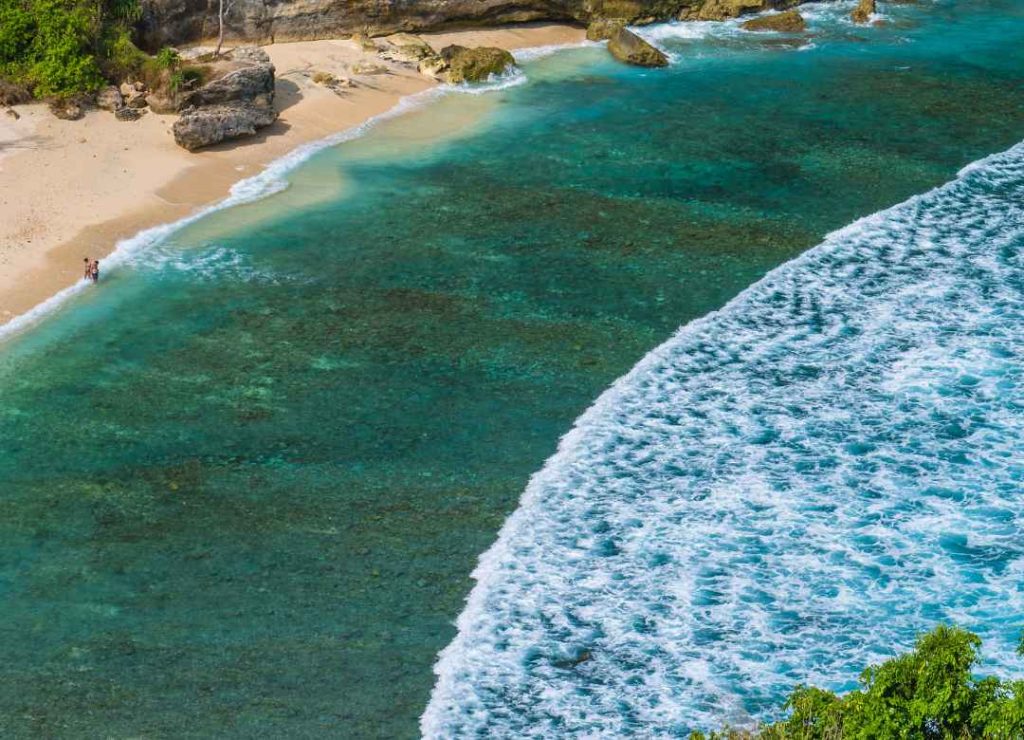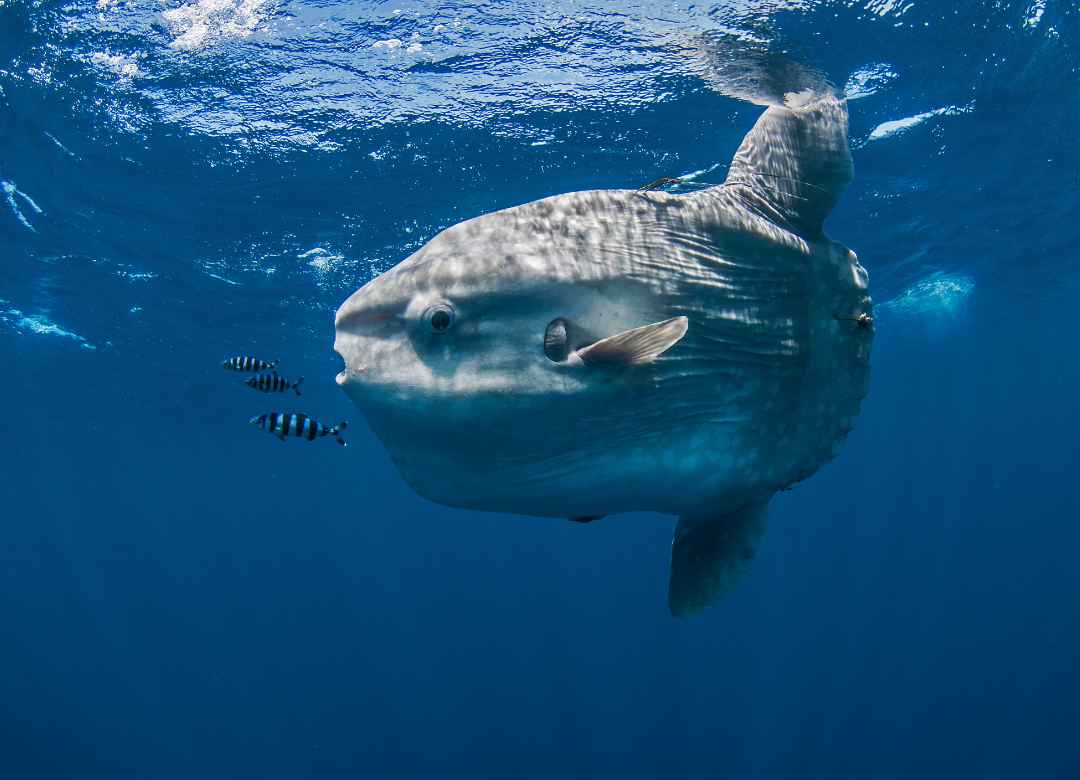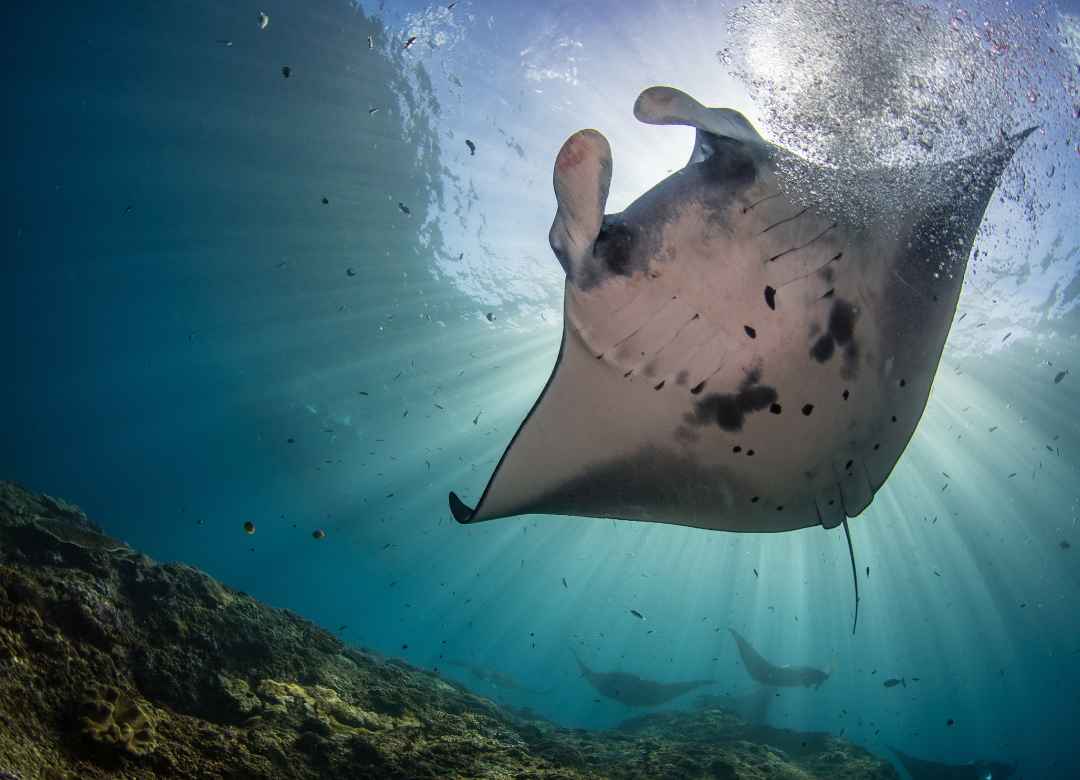Animal Lovers
Mola Mola in Nusa Penida – Exploring the Ocean’s Hidden Wonders at the World’s Most Enchanting Dive Spots
Experience the Grandeur of the Ocean Giants: Mola Mola in Nusa Penida
Here’s a thought for you: Imagine free-diving in the aquatic heaven of Bali, gliding through the sapphire waters of Nusa Penida and coming face to face with the ocean’s gigantic sunfish, the Mola Mola.
Sounds like a dream, doesn’t it?
Buckle up, my friend, because we’re going to take this dream and turn it into your reality!
Key Takeaways
- Diving in Nusa Penida: You’ve got a diver’s paradise right here, from mingling with Manta Rays at Manta Point to chasing the elusive Mola Mola in Crystal Bay. Nusa Penida offers a distinct narrative at each dive site.
- The Marine Life: The island’s waters are teeming with life, offering a spectacular showcase of marine biodiversity. From coral gardens to schools of tropical fish, there’s a stunning spectacle at every turn.
- Beware of the Currents: While Nusa Penida is a divine spot for divers, one must respect the ocean’s power. Some dive spots can have strong and unpredictable currents. Always dive with a guide who knows the area well.
- Respect for Marine Life: No touching, no chasing, no feeding. Let’s keep our underwater friends safe and their homes pristine.
- Suitability for All Levels: Whether you’re a seasoned diver or a beginner making your first splash, Nusa Penida has a dive spot for you. With various depths and conditions, there’s an underwater experience for everyone.
The Best Time to See Mola Mola in Nusa Penida
We all know timing is everything, and it couldn’t be truer than for spotting Mola Mola in Nusa Penida. So when can you get up close and personal with these enigmatic creatures? Mark your calendars because your best chance is from July to October.
Why, you ask? The waters around Bali experience a temperature drop from about mid-June or early July to mid-October or early November. This cooler water draws Mola Mola from the deep abyss to the shallower waters, turning these months into a prime Mola Mola viewing season!
Got the dive bug and ready to take your passion to the next level? Level up with the internationally recognized IDC Nusa Penida program and become a certified diving professional!
Premier Mola Mola Hangouts
Now that we’ve sorted out the ‘when’, let’s tackle the ‘where’.
Trust me, you want to make the most of your Mola Mola experience by heading straight to the hot spots.
Two spots reign supreme: Nusa Penida and Nusa Lembongan.
Here, you’re almost guaranteed to have a tête-à-tête with Mola Mola from July to October.
Diving Prerequisites
Before you plunge into these idyllic waters, we need to talk diving requirements. Are you at least a certified Advanced Open Water Diver? You’ll need this to descend to the 30-meter depths where Mola Mola usually roam.
With the currents in Nusa Penida being what they are, it’s also recommended you have a minimum of 30 logged dives under your belt. We want you to enjoy the day, not stress over it!
In details
To see Mola Mola in Nusa Penida, there are certain diving requirements that need to be met.
Certification: To be allowed to go down to 30 meters deep where Mola Mola can be found, you need to be at least a certified Advanced Open Water Diver [https://blog.padi.com/how-not-to-see-a-mola-mola-in-bali/]
- Logged Dives: Due to the currents on Nusa Penida, some diving centers require a minimum of 30 logged dives.
- Dive Guide: Selecting the right dive guide can increase your chances of seeing a Mola Mola.
- Dive Site: During the Mola Mola season of July to October, Blue Corner is a good dive site to see them. Mola Mola can be found at depths of between 18m and 40m.
Meeting these requirements for your safety and enjoyment of the day is important.
The Curious Case of Water Temperature
You may be wondering, “What’s water temperature got to do with my Mola Mola encounter?” Well, a lot actually!
The water temperature in Nusa Penida usually swings between 26 to 30 degrees Celsius, offering pleasant diving conditions year-round. However, brace for a chill as the water can drop to 22 degrees Celsius in August and September due to upwelling currents.
That’s a bit chilly, right?
So, what’s this ‘upwelling’ business?
Well, it’s when wind pushes the surface water away from the shore, pulling up colder water from the ocean’s deeper parts.
This drop in water temperature is what lures our Mola Mola friends to the surface, offering you that coveted chance to swim alongside them.
What About Other Marine Life?
Ah, the Mola Mola is indeed the star of the show, but let’s not forget about the supporting cast! Nusa Penida boasts of a dizzying variety of marine life. Think manta rays from April to November, hawksbill turtles, Spanish mackerel, giant trevally, reef sharks, barracudas, and octopuses. It’s like a blockbuster, but underwater!
The Perfect Dive Spots
Nusa Penida is no less than an underwater treasure trove. Blue Corner might be the star attraction, but there are other captivating dive sites waiting for you. Here’s a quick rundown:
1. Manta Point: Just as the name suggests, Manta Point is your rendezvous spot with majestic Manta Rays.
- Nestled on the southwestern tip of Nusa Penida, Manta Point invites divers to share the water with these gentle giants.
- The water depth ranges from 7 to 20 meters, and while the current can be strong at times, this dive site is suitable for all levels of divers.
- Just remember to keep a respectful distance from the mantas and enjoy their graceful dance underwater.
2. Crystal Bay: Known for its clear waters and mesmerizing coral life, Crystal Bay is another hotspot you don’t want to miss. It’s famous for sightings of the elusive Mola Mola, especially during the season (July to October).
- This bay, protected by a small island, provides a comfortable dive depth between 5 to 40 meters, suitable for both beginner and advanced divers.
- Just keep in mind that while the bay’s inner section is calm, the outer bay can present strong and unpredictable currents.
3. Toyapakeh: Toyapakeh, meaning “salt water” in Balinese, is renowned for its vibrant, healthy reefs and diverse marine life. The dive site offers a unique diving experience with its steep walls and sloping coral reefs.
- It’s a fantastic place to spot tropical fish, turtles, and occasionally, Mola Mola.
- The depth varies between 5 and 40 meters, making it suitable for divers of all levels.
4. SD Point: Also known as “Sekolah Dasar,” which means elementary school, SD Point is famous for its schools of fish that you can spot here. This site’s depth ranges from 5 to 30 meters, and it’s suitable for all levels of divers.
- Here you can see various fish species, including fusiliers, butterflyfish, and occasionally, larger pelagic species.
5. PED: PED dive site offers an exciting blend of both hard and soft corals, creating a beautiful, colorful underwater landscape.
- The depth here ranges from 5 to 30 meters, making it ideal for both beginner and advanced divers.
- This site is well known for its large schools of sweetlips and batfish and occasional sightings of Mola Mola.
These are just a few of the perfect dive spots that Nusa Penida has to offer. Each site has its own unique charm and promises a memorable diving experience. However, remember to be respectful towards the marine life and follow all safety guidelines while diving.
Diving Certification Requirement
If you have the heart of a sea wolf and thirst for underwater adventure, meeting the diving requirements to catch a glimpse of the Mola Mola in Nusa Penida is your golden ticket.
You’ve got to be an Advanced Open Water Diver to dance with the Mola Mola, mate. You gotta get down 30 meters deep where the big fish frolic.
Moreover, the currents on Nusa Penida can be trickier than a fox, requiring divers to have at least 30 logged dives under their belt. It’s not just for the heck of it, it’s for your safety and maximum enjoyment of the day. And who doesn’t want to have a good time, right?
The Water Temperature in Nusa Penida
Now, let’s get into the nitty-gritty of the water temperature in Nusa Penida. You might think it’s not that big of a deal, but let me tell you, it’s like going out without checking the weather. You gotta know what you’re getting into, right?
The water temperature in Nusa Penida doesn’t stay constant throughout the year. From November to June, expect the waters to be toasty, with temperatures oscillating between 26-30°C. However, the ocean can play hard to get from July to October, when the water temperature cools off to 22-26°C.
Think of it as a refreshing plunge pool after a steamy sauna session. You won’t even notice the chill when you’re face to face with the mesmerizing Mola Mola.
How the Water Temperature Affects Your Diving Experience
Ever wondered how the water temperature can spice up your diving experience in Nusa Penida? Here’s a taste:
1. Comfort: The diving experience is usually cozy, with temperatures between 26 and 30 degrees Celsius. However, between August and September, the mercury can drop to 22 degrees Celsius, which might send a chill down your spine, but hey, isn’t that part of the thrill?
2. Marine life: Water temperature is the party planner of the underwater realm. The marine life in Nusa Penida is like a spectacular fiesta between June and November, with the comfortable water temperature being the life of the party. However, as the waters cool down between July and October, some party guests might change their plans.
3. Visibility: Crystal clear visibility during the warm months from November to June makes diving in Nusa Penida a dream. However, the colder months from July to October can stir up more plankton, and visibility can take a hit. But then again, isn’t a little mystery what makes a story exciting?
4. Dive Sites: Some dive sites are like divas. They can be a bit moody with the drop in water temperature. For example, Blue Corner guarantees a rendezvous with the Mola Mola from July to October, but the water temperature can drop to a chilly 16-22 degrees Celsius during this time.
How Upwelling Currents Affect the Water Temperature
Imagine the ocean’s current like a busy elevator in a high-rise building. The upwelling currents are the ones pushing the surface water away from the shore, making room for colder water from the deep to rise.
This little game of musical chairs, my friend, can drop the water temperature down to 22 degrees Celsius during August and September.
You might want to pack a wetsuit for this rollercoaster ride. But hey, these upwelling currents don’t just bring the chill, they also bring nutrient-rich water to the surface, attracting a variety of marine life and making for one hell of a diving experience.
In the final analysis.
Nusa Penida is more than just a scenic island. It’s a diver’s utopia. If you’re a fan of fin-flipping and mask-donning, then buddy, you’re in for a treat! Imagine yourself gliding alongside Mola Mola, Manta Rays at Manta Point, exploring the crystal clear waters of Crystal Bay, or mingling with schools of fish at SD Point.
Each dive site tells a different tale, serving up a smorgasbord of underwater scenes that’ll leave you absolutely awestruck.
It’s like discovering an entirely new world, hidden beneath the waves, waiting for you to dive in and uncover its secrets. So, gear up and make your plunge. After all, the real adventure lies beneath!



